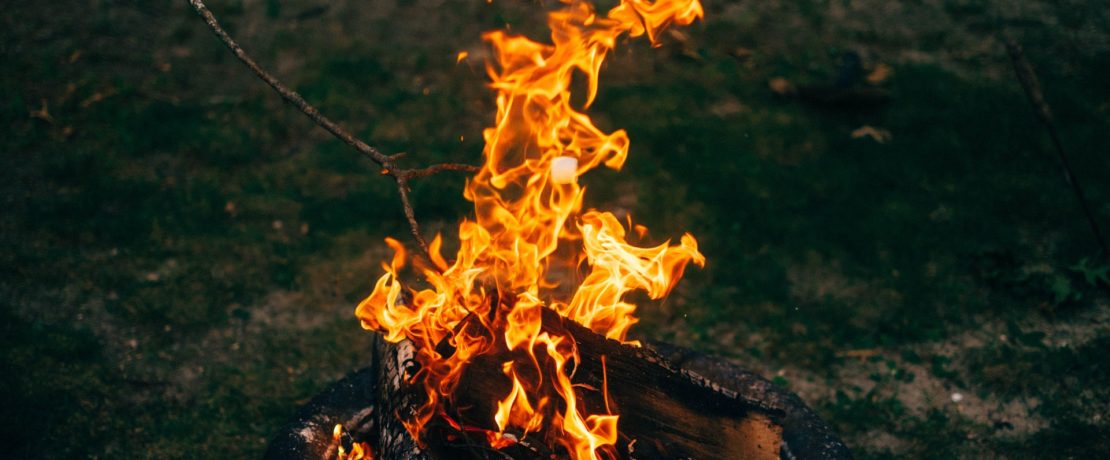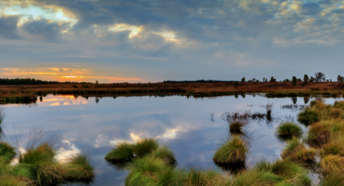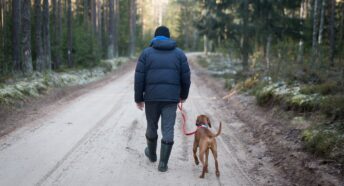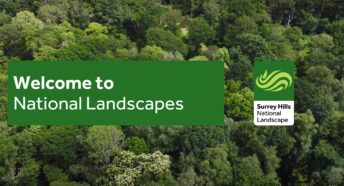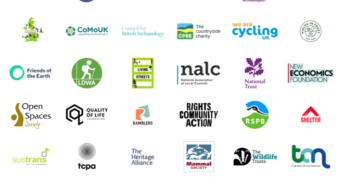Did you know… that there’s been a 78% increase in wildfires this year?
Wildfires caused by heatwaves are yet another reminder of the threat of the climate crisis to our Surrey countryside. The government must take climate action seriously to prevent further disaster for our landscapes, communities, and wildlife.
In this year alone England and Wales have had 442 wildfires – which compares with 247 last year. This is, in part, due to climate factors, leading the National Fire Chiefs Council (NFCC) to urge people to follow fire safety advice not only during the heatwave but throughout the year.
The wildfire incidents put huge pressure on fire and rescue services and as we’ve seen in recent weeks the current conditions across the country mean there is a higher risk of wildfires than usual. Just one spark could cause untold damage while posing a threat to lives at a time when resources are stretched to the limit. Additionally, many species are in danger if a fire starts in the countryside including ground-nesting birds, small mammals, butterfly larvae, reptiles, amphibians, and larger mammals.
A report by The Wildlife Trusts’ has revealed that 50% of its wildlife reserves have more than 30 days of very high fire risk each year, compared to only 9% between 1981-2010.
The research finds that, by the 2050s, under a future warming trajectory that reaches 3°C warming by 2100:
- Almost all the Wildlife Trusts’ reserves will see more than 1°C increase on hot summer days by 2050
- 55% of reserves will see nearby river flows drop by more than 30% during times of low flow
- Half of The Wildlife Trusts’ nature reserves will have 30+ days of very high fire risk yearly
Surrey’s heathlands are at particular risk of wildfire
Surrey’s heathlands are at particular risk of wildfire from late spring, especially during prolonged dry periods such as those we have experienced in recent weeks. Our county has unfortunately experienced increasing incidents in recent years, with fires on Ash Ranges and Chobham Common – both extremely valuable sites for nature – as well as the devastating blaze on Pirbright Ranges in early July which is estimated to have affected over 500 hectares.
Pirbright Ranges is one of the largest remaining areas of lowland heath in Surrey. It is rich in heathland wildlife, including many rare species. The shocking drone photograph below was captured by the National Clay Shooting Centre via Surrey Live and shows the extent of the damage in the area of Bisley.
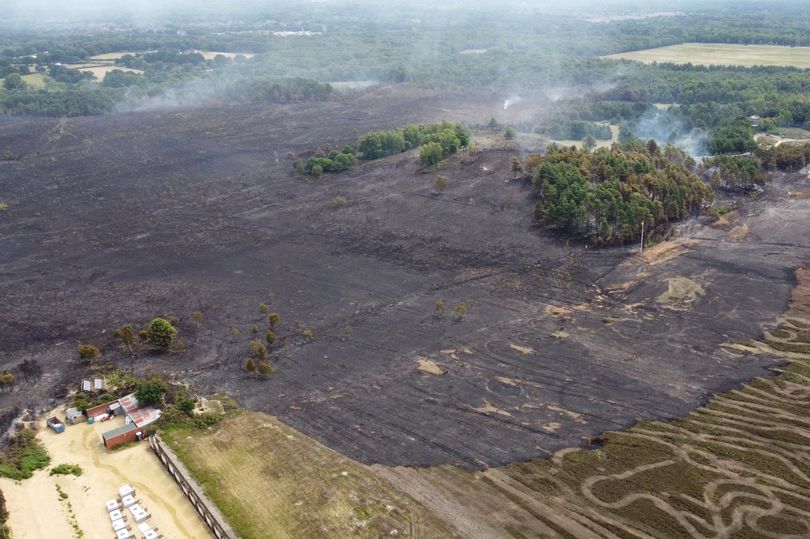
James Herd, Director of Reserves Management at Surrey Wildlife Trust comments “Every wildfire is a potential tragedy for nature, and it is deeply concerning that a changing climate is putting Surrey’s habitats at greater risk. We need more ambitious and urgent action from government, businesses, and individuals to reduce the risk and impact of further warming.
“With the incidence of wildfires rising, it’s more important than ever to take care when visiting our nature reserves. Please dispose of all litter properly and any smoking equipment safely, remind children of the serious risk of fire, and take a picnic rather than a barbeque.”
Update on the wildfire at Hankley Common
Just in the last few days a fire that began near Farnham on Hankley Common has devastated around 50 hectares of land and was declared a major incident on 24th July.
Photos from Surrey Live photographer Grahame Larter capture the blackened undergrowth of the Ministry of Defence location, made famous by appearing in the James Bond film Skyfall is a heathland habitat home to ground-nesting birds including nightjars and skylarks. Owned by the MOD this heathland is situated southwest of Elstead in Surrey and is part of the Thursley, Hankley, and Frensham Commons Special Area of Conservation, Special Protection Area, and Site of Special Scientific Interest.
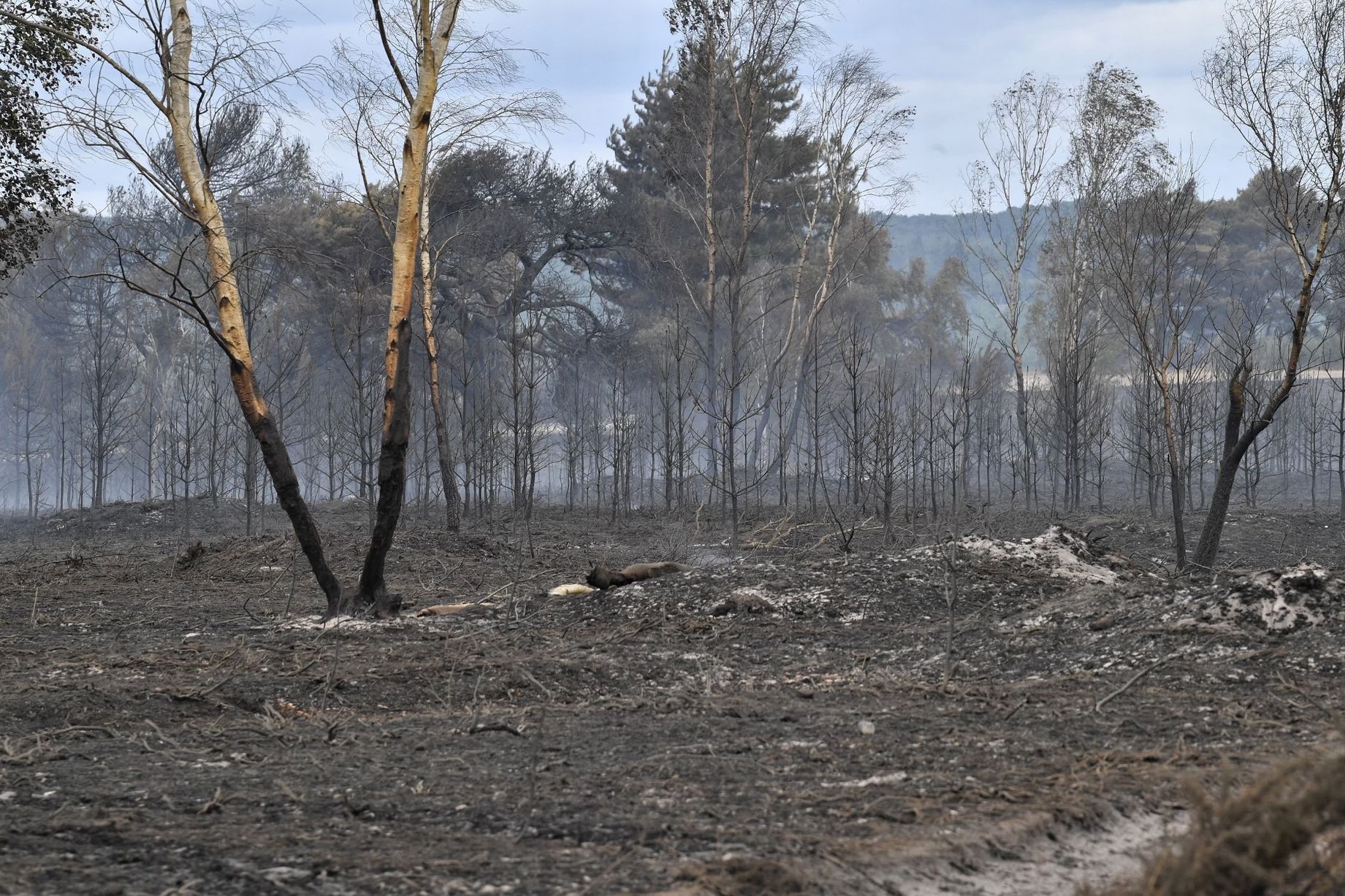
As of 26th July, the Surrey Fire & Rescue response had been scaled back to six vehicles from a previous 11 involved in tackling the blaze. They remain on scene, dampening hot spots to prevent further spread but road closures are no longer in place and local residents have returned home. It is still important to avoid the area to allow work to continue to manage this fire.
How to prevent a wildfire
Surrey Wildlife Trust shares a few simple rules to avoid accidentally starting a wildfire:
- Extinguish cigarettes properly. Never throw cigarette ends onto the ground or out of car windows.
- Take your litter home. Glass bottles or reflective metals can also start fires.
- Avoid open fires and barbecues in the countryside. Always have them in safe designated areas.
What to do if you see an unattended fire
Report the fire straight away and don’t assume that someone else has already reported it.
- Not attempt to tackle fires that can’t be put out with a bucket of water
- Get to a safe place
- Note the location of the fire
- Call 999 and ask for the Fire & Rescue Service
- Give as much information as you can
Climate models predict UK will become hotter and drier
This summer has been unusually warm already, with England and Wales recently receiving their first ever red warning for extreme heat. Alongside months of low rainfall, the recent heatwave sparked wildfires across the UK and gave the London Fire Brigade its busiest day since wartime.
According to The Conversation, climate models predict that summers in the UK will continue to become hotter, drier, and more like those of southern Europe. The likelihood of wildfires increases in this climate in the same way that it has in southern France, Greece, Portugal, and Spain. An analysis of data from 2014 to 2020 showed a near-consistent increase in the number of wildfires recorded each year in the UK. This trend is linked to the changing climate and therefore is set to continue.
The UK’s global position offers lower temperatures and higher levels of rainfall than most of Europe but with increases in global temperature, it could be that wildfires are an inevitable threat we face in the near future. This is just one impact of climate change but it’s a real one we are seeing in our day-to-day lives.
Carbon net-zero by 2050 – can we achieve this?
Eliminating carbon emissions will lower the risk of worsening fires along with the other wide-ranging climate hazards we may face but as we’ve already reported, there is a long way to go to hit net zero by 2050.
“We’re used to hearing about government ambitions to stop the carbon emissions that cause climate change. But without caring for our vulnerable peatlands, it’ll be almost impossible to get there. When they’re in good condition, peatlands can store carbon for millennia. This is perfect for us as we try and reduce carbon emissions in urgent efforts to prevent the climate emergency escalating to further disastrous proportions. But the worrying flipside of these great carbon ‘sinks’ is that when they’re not protected, the carbon that peat holds is released into the atmosphere.” Read more about keeping carbon locked up.
If you are interested in helping us protect and celebrate the Surrey Countryside discover how you can get involved here.
